“American Psycho” combines dark comedy, smart social commentary, and a star-making turn by Christian Bale as a narcissistic serial killer.
Released on April 14, 2000, American Psycho is one of the most complex and unique horror movies of all time. Using horror elements to make a statement about society, the film has many layers and perspectives on its meaning.
Taking place in 1988, it centers around Patrick Bateman (Christian Bale), the ultimate yuppie. On the surface, he’s a perfect Ken doll with no hair out of place. He’s obsessed not just with keeping up with the Joneses but besting them. He’s always examining the possessions and appearances of others and comparing them with his own. He’s a complete narcissist, racist, misogynist, and homophobe obsessed with conformity.
However, his self-absorbed friends don’t know Patrick’s favorite pastime is murder.
Mary Harron directed the film, writing the screenplay with Guinevere Turner, adapted from Bret Easton Ellis’s novel of the same name. Released in the United States and Canada on April 14, 2000, critics gave positive reviews. Christian Bale received much-deserved acclaim for his convincing performance. The film was also a box office success, grossing over $34 million against a $7 million budget. Over the years, it has also developed a cult following while spawning one sequel, 2002’s American Psycho 2.
Ellis’s novel created controversy when it was first published. Simon and Schuster originally scrapped it due to its excessive violence. Vintage Publishing eventually picked up the book, resulting in death threats for Ellis after its publication.
Prominent feminists, including Gloria Steinem, spoke out against the novel’s depiction of violence against women.
However, Harron and Turner’s film version would be embraced as a masterpiece of feminist cinema.
Multiple sources report that the film’s ambiguity leads people to read it as glorifying misogyny and capitalism. Others see it as a biting satire of these facets of society.
Getting American Psycho from page to screen was a bumpy eight-year journey with the usual revolving door of writers and directors.
The first choice for the director’s chair was Reanimator’s Stuart Gordan, who wanted Johnny Depp to star as Bateman. In a 2010 interview with Movie Line, Ellis said he didn’t feel that Gordon was the right director for the project. “I don’t know about Johnny Depp’s feelings about it,” Ellis said. “[…] but I talked to Stuart Gordon a lot, and I thought he was the wrong director for it. I expressed that, but I don’t think producer Ed Pressman was necessarily listening to me.”
Once Gordon was out, the next choice for director was David Cronenberg, who had some stipulations — no club or restaurant scenes. Cronenberg also wanted Brad Pitt to play Bateman.
For his part, Ellis was game to adapt his novel for the screen. SephVision quotes Ellis:
Ellis’s original script included a musical number performed on top of the World Trade Center at the end of the film.
Cronenberg soon left the project in 1997, and Mary Harron came aboard. She brought Guinevere Turner in to help write the script. (Fun fact: Turner plays Bateman’s friend, Elizabeth, in the movie.)
Billy Crudup was initially cast as Bateman for a short time. After he dropped out, Harron set her sights on Christian Bale as Bateman. At the time, Bale wasn’t a well-known actor.
Bale took a while to respond but eventually auditioned for Harron at her home in the East Village.
He performed the Paul Allen death scene, and the two just clicked.
Movie Maker quotes Bale saying:
“He [Bale] saw the part the way that I did, and he got the humor of it,” Harron said. “He didn’t see Bateman as cool. I sort of had the feeling a lot of the other actors kind of thought Bateman was cool. And he didn’t.”
“I met with a lot of actors about it but Christian was the only one who was right for it. Even though it was a gamble because he hadn’t done anything at all like that before. The first time I’d seen him was in LITTLE WOMEN. But at one point, I talked to [Velvet Goldmine director] Todd Haynes about him, and Todd Haynes said, ‘Christian Bale’s the best actor I’ve ever worked with.’ So I had a lot of faith in Christian.”
Lionsgate dropped a bomb on Harron when they announced at the 1998 Cannes Film Festival that Leonardo DiCaprio would star as Bateman.
Harron objected to DiCaprio’s casting. Multiple sources report that Harron felt that DiCaprio was too young for the role and that his fan base was too young to view the film.
SephVision quotes Harron:
“Leonardo wasn’t remotely right for the part. There’s something very boyish about him. He’s not credible as one of these tough Wall Street guys. He brought way too much baggage with him. I did not want to deal with someone who had a 13-year-old fan base. They shouldn’t see the movie. It could have gotten us in a lot of trouble.”
The studio wanted DiCaprio, and Harron was staunchly against it. This clash led to Harron being replaced by Oliver Stone. After nine months, however, Harron and Bale were back on the project.
Many sources say that Gloria Steinem talked DiCaprio out of doing the film. According to Vice, Turner said she had a friend who spoke to Gloria Steinem. Steinem took DiCaprio to a Yankees game and told him that he shouldn’t do the movie mainly because his fan base was very young and impressionable girls, and American Psycho contains a lot of violence toward women.
“Soon after that, Leo dropped out, so who knows what really happened?” Turner said. “Gloria Steinem ended up marrying Christian Bale’s dad, which is really interesting. I wonder what Thanksgiving was like!”
During the Stone/DiCaprio period, Bale was determined not to give up on playing Batman.
Bale called Harron numerous times to discuss the film. She kept telling him that the project went to Stone and DiCaprio. Harron told Bale to leave her alone. But Bale kept on with his preparation for the role, going to the gym daily and still phoning Harron. Bale told Harron they needed to talk about the film because “it’s coming back to us.”
Bale was warned that playing Bateman would be career suicide.
Harron describes Bale as ignoring the warnings and being more eager to play the role.
Bale found inspiration for his portrayal of Bateman while watching Tom Cruise in an interview on a talk show. Bale described Cruise as laughing and joking, but his eyes were soulless. Bale decided Cruise was the perfect person on which to base his portrayal of Bateman.
SephVision reports that Bale also watched porn movies to prepare for the infamous sex scene.
Multiple sources report that when Bale first met Ellis, he met him in character as Bateman. Ellis was freaked out and begged Bale to stop.
Harron, Turner, and Bale made American Psycho a multi-layered satire with one of the most complex killers in horror history.
There are so many perspectives and interpretations of the movie.
Some feminists interpret the film as glorifying violence toward women. Others believe it also glorifies the materialism and excess of yuppie culture. What do the creators behind the book and the film have to say? It’s satire.
Movie Maker reports:
“Ellis has always explained that his novel AMERICAN PSYCHO is a darkly comic satire of the shallow, greedy men he too often encountered as a young novelist in 1980s Manhattan.”
Guinevere Turner said, “I very much think [American Psycho is] a feminist film. It’s a satire about how men compete with each other and how, in this hyper-real universe we created, women are even less important than your tan or your suit or where you summer. And to me, even though the women are all sort of tragic and killed, it’s about how men perceive and treat them.”
The ending is what gets most fans of the film. Many believe that Bateman imagined the whole thing and that he’s not a killer.
According to Ellis, he doesn’t know if Bateman is a killer or not.
Ellis has suggested that American Psycho wasn’t meant to be a movie. He said the problem is that “The medium of film demands answers. You can be as ambiguous as you want with the movie, but it doesn’t matter. It’s still being answered for us visually.”
A viewer can point to an entire list of scenes in the movie as proof that Bateman’s kills are fantasy. However, Harron rejects this interpretation, stating that Bateman is definitely a killer.
In an interview with Charlie Rose, Harron stated:
No matter how fans of American Psycho interpret the film, no one can deny its impact. The film is a masterpiece. Although he is much more complex, Patrick Bateman is just as much of a horror icon as Michael Myers or Jason Voorhees.
Ellis, Harron, Turner, and Bale collectively created a multilayered and thought-provoking genius satire.


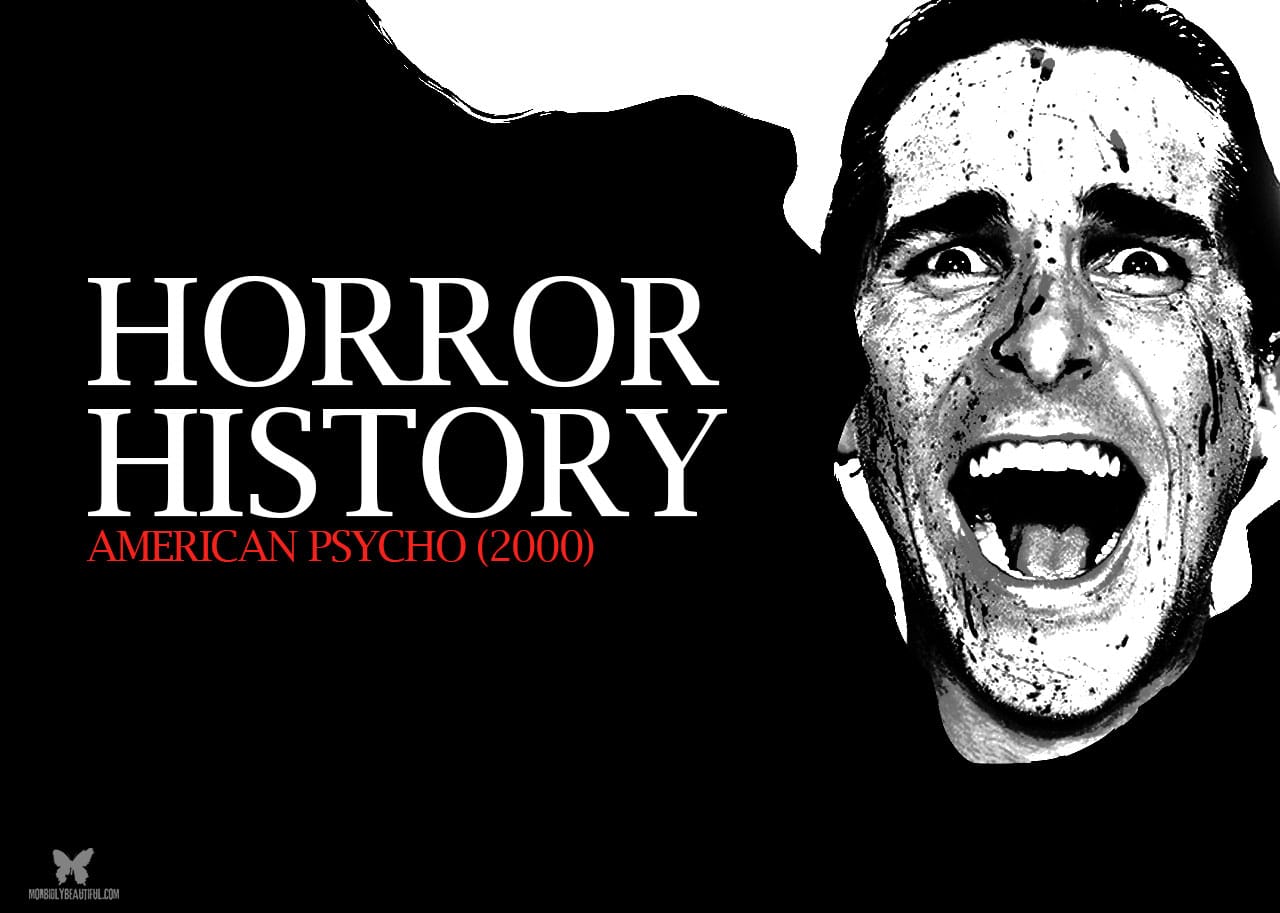
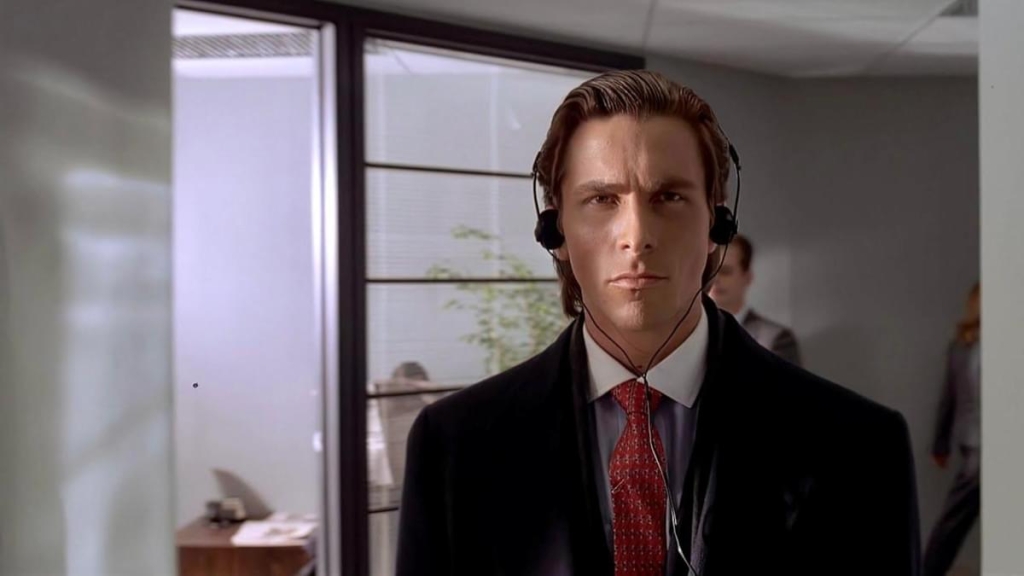
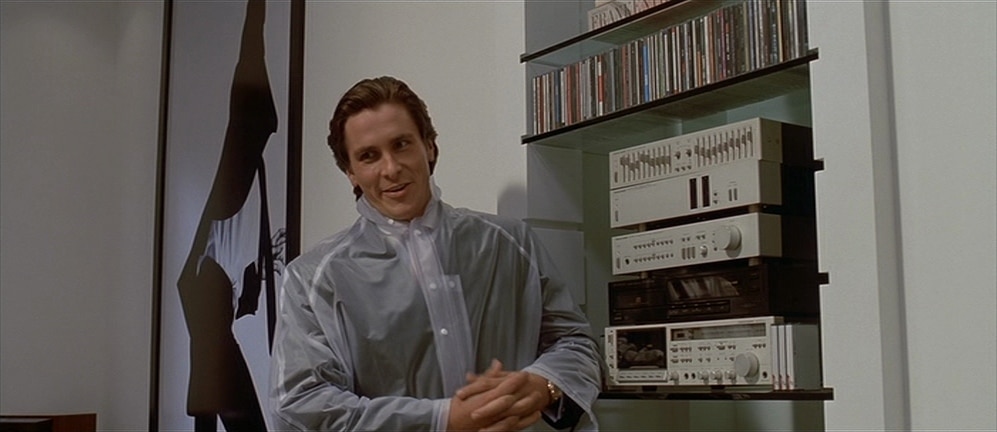
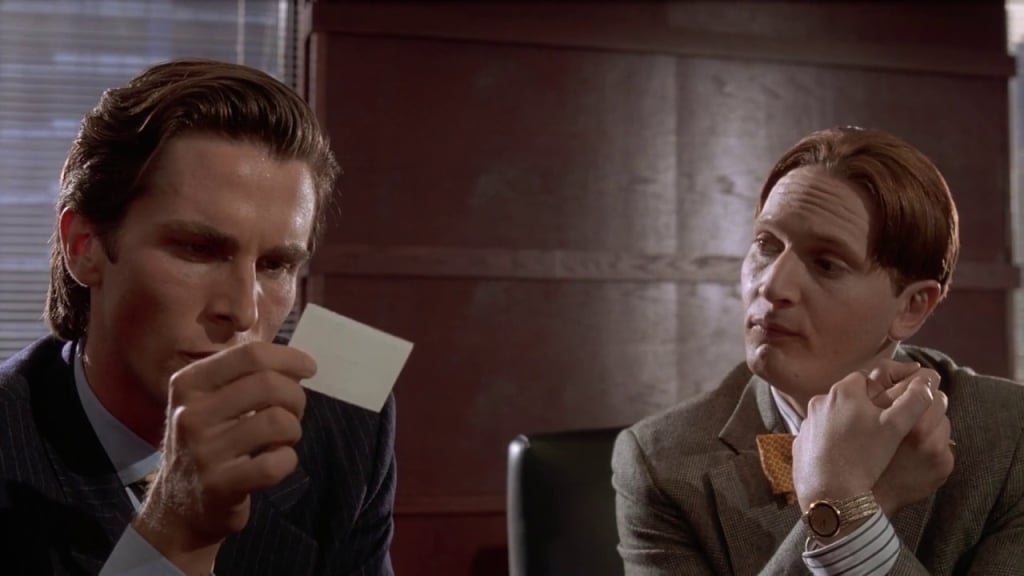
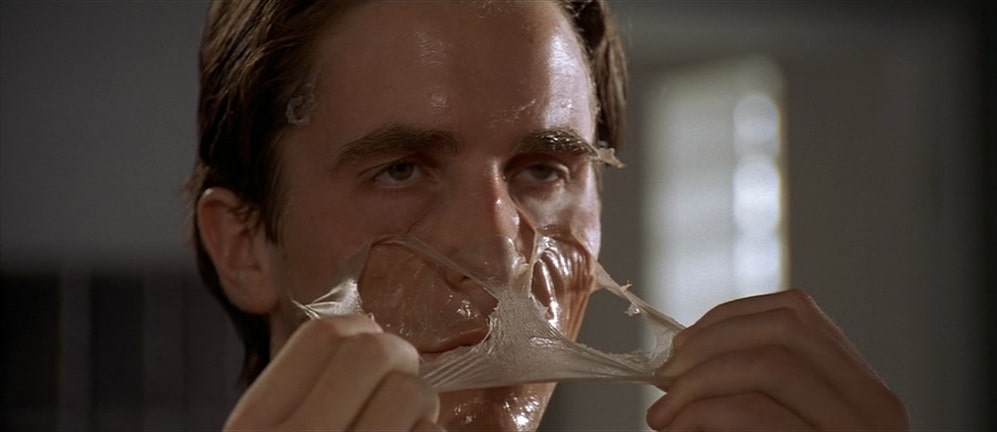
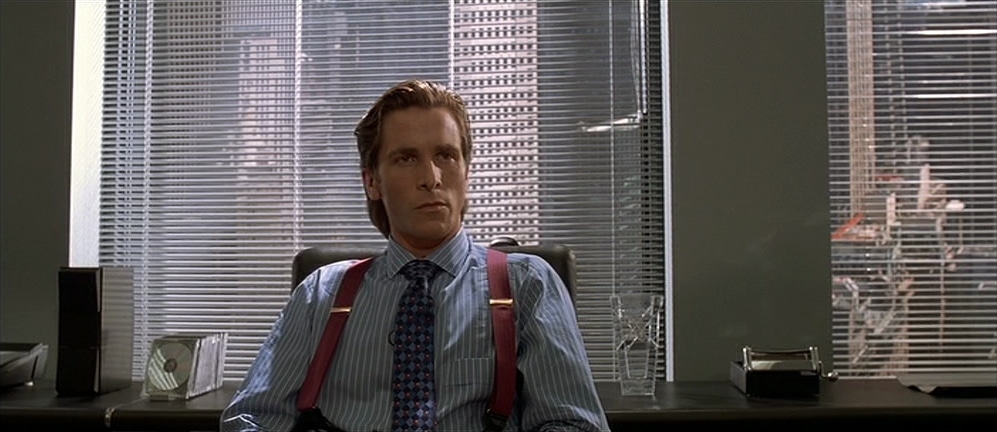
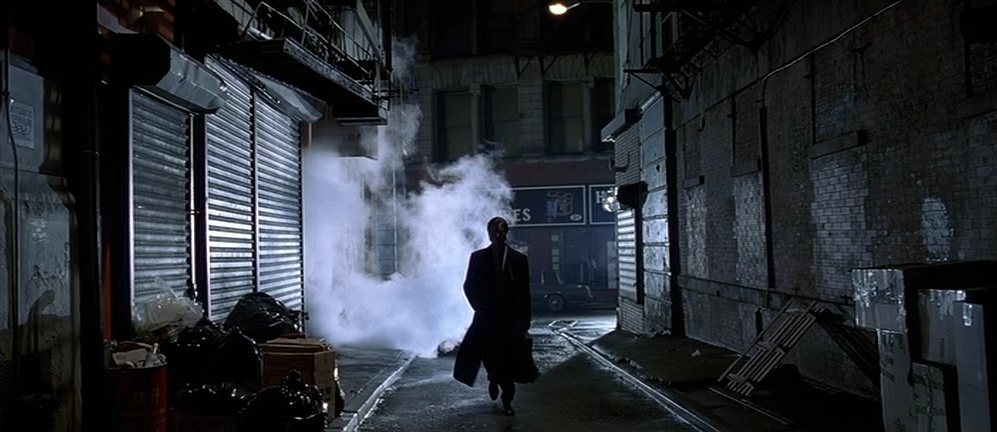
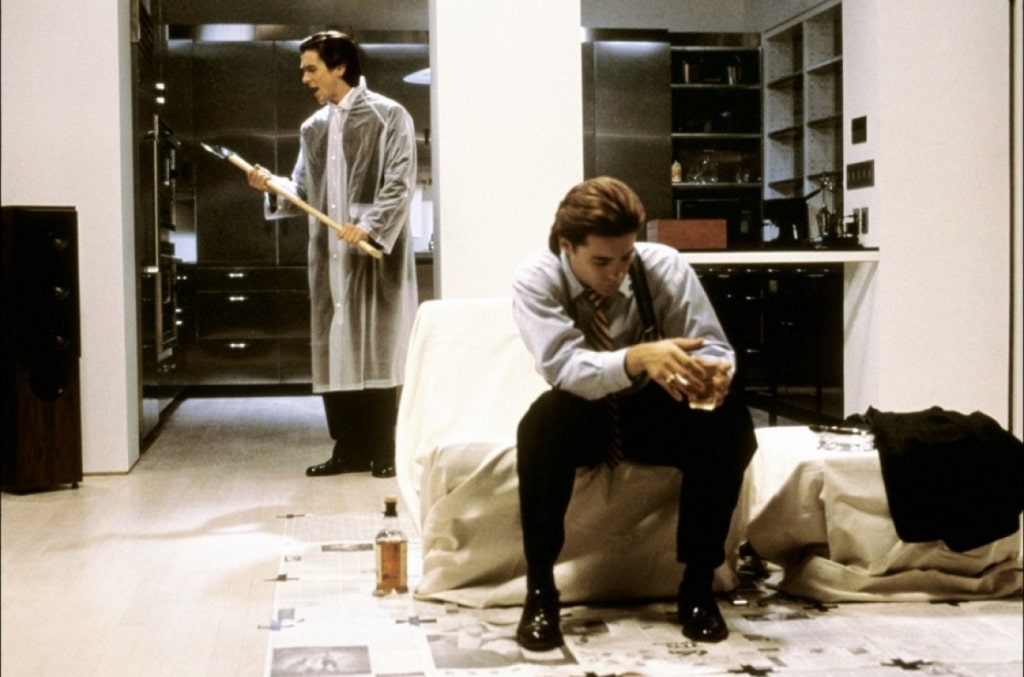
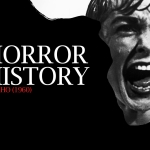

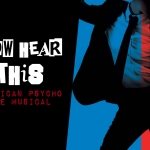








Follow Us!